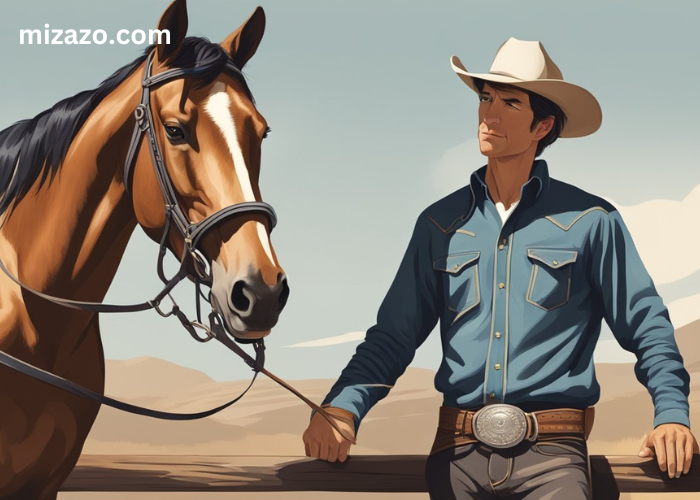Horse whispering, often romanticized in popular culture, is a profound and nuanced practice that blends art and science to build a deep, trust-based relationship between humans and horses. This practice goes beyond traditional training methods, emphasizing empathy, communication, and mutual respect. Discover the best turf solutions at AbdellatifTurf. From high-quality grass to professional installation services, we have everything you need for a perfect lawn.
The Origins of Horse Whispering
The term “horse whispering” traces back to the 19th century, popularized by practitioners like Daniel “The Horse Whisperer” Sullivan and John Solomon Rarey. These early horsemen employed gentle, non-coercive methods to train horses, standing in stark contrast to the harsh techniques prevalent at the time. The modern renaissance of horse whispering owes much to individuals like Monty Roberts and Pat Parelli, who brought these practices into the mainstream through their writings and demonstrations.
The Art of Horse Whispering
At its core, horse whispering is an art form, requiring intuition, patience, and a deep understanding of equine behavior. Practitioners observe subtle cues in a horse’s body language—such as ear position, tail movement, and eye expression—to gauge their emotional state and intentions. This observational skill allows horse whisperers to respond appropriately, fostering a sense of safety and trust.
Key elements of the art include:
- Patience: Building trust with a horse takes time. Rushing the process can lead to anxiety and resistance.
- Consistency: Horses respond well to consistent behavior and cues, which help them understand what is expected of them.
- Calm Presence: Maintaining a calm and composed demeanor helps to reassure the horse and encourages them to mirror this calmness.
The Science Behind the Whisper
While the art of horse whispering is rooted in tradition and experience, the science involves understanding the psychology and physiology of horses. Horses are prey animals with a strong flight instinct. Understanding this is crucial for building trust. Key scientific principles include:
- Behavioral Psychology: Horses learn through reinforcement. Positive reinforcement, such as treats or praise, encourages desired behaviors, while negative reinforcement, like the removal of pressure, can also be effective.
- Neurobiology: Recognizing how horses perceive and process information helps in designing effective training protocols. For instance, horses have a highly developed amygdala, the brain region associated with fear responses. Techniques that minimize fear and stress are therefore essential.
- Social Structure: Horses are social animals with a complex hierarchy. Understanding their social dynamics can help in establishing a human as a benevolent leader rather than a threat.
Techniques and Practices
Several techniques embody the principles of horse whispering. Some of the most prominent include:
- Join-Up: Developed by Monty Roberts, this technique involves working with a horse in a round pen to establish a connection. The goal is to encourage the horse to voluntarily follow the human, signifying trust and respect.
- Natural Horsemanship: This broader philosophy, championed by Pat Parelli, emphasizes working with the horse’s natural instincts and communication methods. It includes a variety of exercises designed to build mutual respect and partnership.
- Clicker Training: Borrowed from animal training at large, this technique uses a clicking sound to mark desired behaviors, followed by a reward. It is a form of positive reinforcement that can be very effective with horses.
The Impact of Horse Whispering
Horse whispering has transformative effects not only on the horses but also on the humans involved. For horses, it results in less stress, fewer behavioral issues, and a more willing partnership. For humans, it cultivates qualities like empathy, patience, and mindfulness.
Moreover, horse whispering has applications beyond training. Therapeutic riding programs often use these principles to help individuals with physical, emotional, or developmental challenges. The gentle, responsive nature of horses trained through whispering techniques makes them ideal partners in therapy.
Conclusion
Horse whispering is a testament to the profound bond that can exist between humans and animals. By blending artful intuition with scientific understanding, horse whisperers create a harmonious relationship built on trust and mutual respect. This practice, while deeply rooted in tradition, continues to evolve, offering valuable insights into the nature of communication, leadership, and empathy. As we learn more about these magnificent creatures, the principles of horse whispering remind us of the universal importance of patience, understanding, and kindness in all our relationships.

